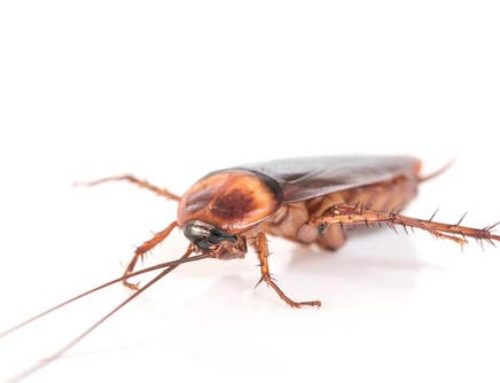PHYTO-SANITARY TREATMENTS
Phytosanitary treatments are necessary to protect the local flora and fauna by eradicating pests and diseases of plants and trees that could harm not only the plants and trees themselves but also people and animals.
We differentiate between two types of phytosanitary treatments: aerial treatments, carried out by spraying or by nebulization, and treatments by injection.
Next, we will focus on treatments by injection, endotherapy.
ENDOTHERAPY
Good practices, a change of vision regarding the biological and innovation are applied in the new regulations. Since the entry into force of Royal Decree 1311/12 on the sustainable use of phytosanitary treatments, it is mandatory to implement alternative practices and techniques, thus reducing the consumption of plant protection products, with a low environmental impact and minimal risk for people (citizens and users).
What IS AND HOW DOES ENDOTHERAPY WORKS?
Endotherapy is a method that involves injecting a nutrient or phytosanitary substance into the tree trunk directly into the vascular system of the plant. Through this system, the product moves through the xylem throughout the plant and affects the pest that is attacking it.
Several factors and characteristics such as wood porosity, respiration and photosynthesis, which determine the behaviour of the product in the vascular system must be taken into account in order to obtain maximum results without causing damage to the treated plant.
METHODOLOGY OF INJECTION
Perforations are made throughout the perimeter of the tree trunk at a distance of 30 cm where plugs are placed that allow the specific plant protection product to be injected directly into the vascular system.
With endotherapy small but highly concentrated doses of plant protection product are injected, so it is very important to use products that give the maximum guarantee of quality.
In order to guarantee the highest quality of treatment and minimise the damage to the plant, it is very important that these treatments are carried out by specialized technicians with specific training.
IMPLEMENTATION CALENDAR
In order to achieve optimal results in the treatments, several factors must be taken into account, such as the time of application and the weather and environmental conditions.
The time of application must coincide with the time of active growth of the plant which is the period of maximum sap flow.
The treatments are almost always carried out in spring and summer as these are the times with the most pests.
In pine processionaria the problem of the pest appears during the winter season, so it is necessary to act in the months of September of January.
| Species to treat | Number Applications | When to apply? | Species |
| Processionary of the pine |
1 |
15 September – 15 January | Pine
|
| Tomicus |
1 |
1st: 1 March – 30 April
2nd: 1 September – 31 October |
Pine |
| Red Picudo |
4 |
1st application every 3 months
(beginning of March) |
Palms |
| Paysandisia |
4 |
1st application every 3 months
(beginning of March) |
Palms |
MAIN BENEFITS OF INJECTION TREATMENT
| HUMAN HEALTH RISK BY CONTACT OR INHALATION | NO |
| RISK TO BEES OR OTHER BENEFITIVE INSECTS. | NO |
| APPLICATIONS ADAPTED TO REAL DECREE 1311/12 FOR SUSTAINABLE USE | YES |
| COST | LOW |
| EFFICIENCY AND EFFICIENCY OF THE HIGH APPLED PRODUCT | HIGH |
| ALL APPLICED PRODUCT IS APPROVED BY THE TREE | YES |
| LOW WATER CONSUMPTION AND PLANTERSANITARIES | LOW |
| POSSIBILITY TO TREAT ANY TREE SPECIES OR PALMERS | YES |
| POSSIBILITY TO APPLICate ANY PLANTYSANITARY | YES |
| EASY TO APPLY | YES |
| FAST TO APPLY | YES |
| NUMBER OF APPLICATIONS PER YEAR | MINIMUN |
| APPLICATIONS UNDER ANY METEOROLOGICAL CONDITION | YES |
| DAY EQUIPMENT IN URBAN AREAS. | HIGH |
IN SUMMARY:
| SUSTAINABLE
Phytosanitary treatments by injection completely prevent the release that can be harmful to people, animals and insects. |
|
| EFFECTIVE
Due to direct injection into the vascular system of the tree, the effects and efficacy of the tree are multiplied. |
|
| SUSTAINABLE
The injection system increases the duration and persistence of the product applied. |
|
| SAVING
Reducing the number of applications cancels, which also means reducing the consumption of water, energy, labour and application time. |
|
| FLEXIBLE
Allows application in any weather situation. |
|
| EASY
Injections are made simpler and without the need for protective equipment. |





